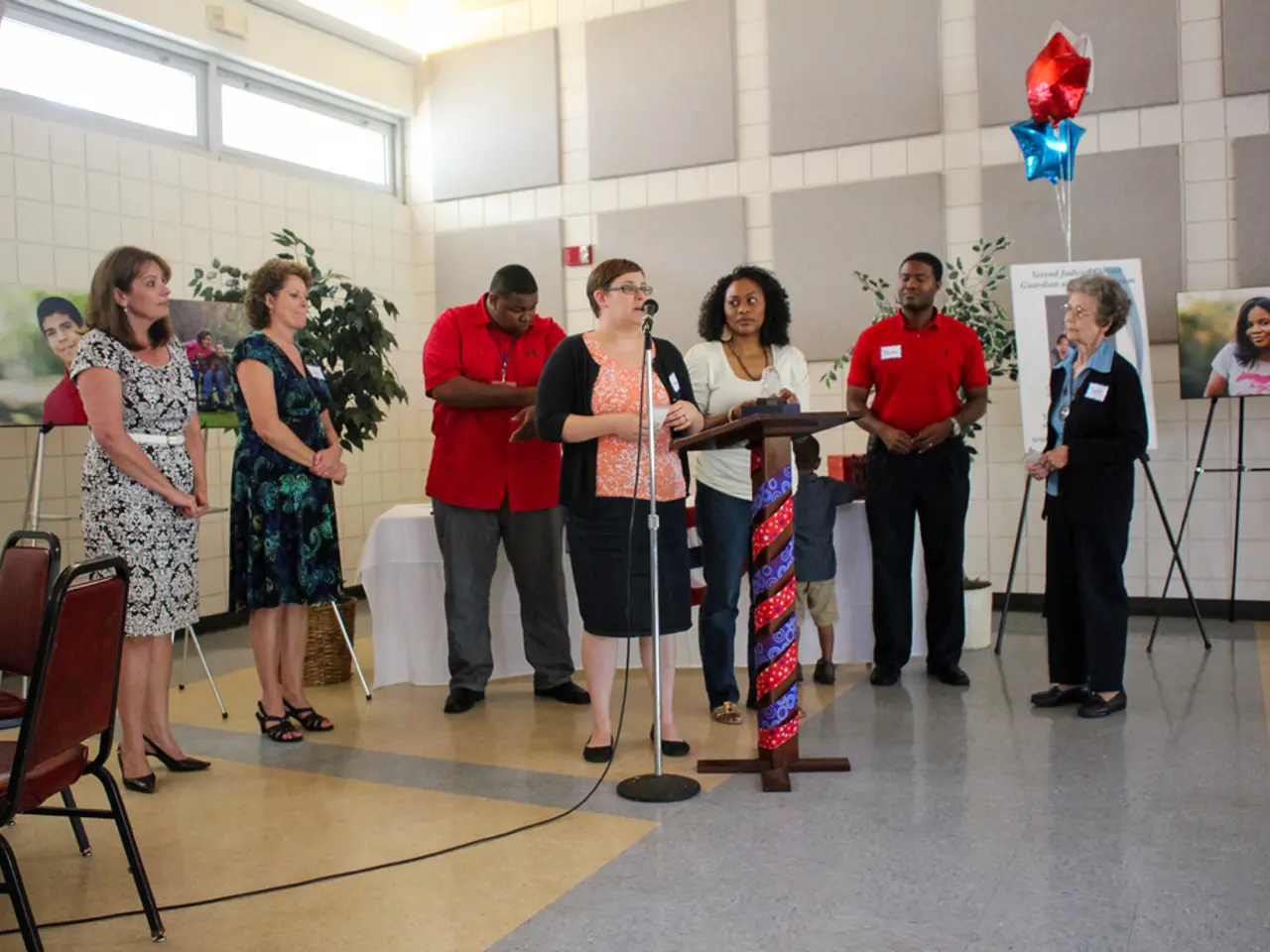Groundbreaking Truth: Inventive Brilliance Meets Perspiration and Hard Work
Innovation isn't always about that sudden, life-changing idea-the "eureka moment." The truth is, most of the time, it's a lot less glamorous and more practical. Sure, we've got our share of Leonardo da Vincis, Isaac Newtons, Marie Curies, and Charles Babbages. But let's get real, these folks are famous because they were the exceptions, not the rule.
That's why those legendary individuals stand out. Most innovation in modern business, especially, is the result of a great insight seized upon with relentless effort and innovative spirit in a culture that encourages change and rewards disruptive leaders.
It's essential to challenge assumptions in search of solutions, like Gutenberg did when he asked if books really had to be copied by hand. His challenge set off the invention of moveable type, enabling skilled tradesmen to meet the growing demand for information in affluent cities.
The real key lies in understanding the reality of innovation. Let's debunk some popular myths about it:
Myth 1: The Big IdeaIdeas don't come out of thin air. Iconic innovations like the lightbulb, the iPhone, or the polio vaccine may seem singular, but they were the culmination of countless small ideas building on each other. Innovations are often the fruit of persistent problem-solving in an organization that actively pursues change.
Myth 2: The Flash of BrillianceHaving a fantastic idea isn't everything. The truly innovative are not always those who have a brilliant idea; they are those who can identify a problem that needs solving. Sometimes, these insights come in a burst of inspiration, and other times, after careful thought and consideration. The success of the Walkman had more to do with solving the problem of portable personal entertainment rather than the technology itself.
Myth 3: The Lone GeniusThe lone genius working in solitude is rare and unlikely to lead to real innovation. Collaboration and teamwork are essential for innovation to thrive. Cultivating an ecosystem that encourages continuous improvement and embraces change is vital for visionary leaders to innovate.
Myth 4: Looking OutwardInternal focus is crucial for innovation. Customers and employees provide the clearest insights into problems that need solving. Leveraging those insights can lead to powerful innovations that answer specific pain points and make people's lives better and more enjoyable.
What drives innovation?
- Curiosity and experimentation: Encouraging questions and challenges to the status quo is the first step in fostering innovation. Providing space for experimentation is essential for new ideas to emerge and evolve.
- Perseverance and resilience: Persistence is the key to success. Learning from mistakes and continuing forward in the face of challenges is crucial.
- Systems and support: Innovation is typically the result of sustained, systematic effort. Structured processes, collaborative tools, and a culture that embraces change, rewards risk-taking, and practices accountability help turn ideas into actionable solutions.
By debunking these myths and focusing on problems that matter, organizations can cultivate the conditions for innovation to flourish and create solutions that transform their businesses and industries. Let's shift the narrative and empower more individuals and organizations to create meaningful change.
- Innovation often occurs through iterative improvement, built on numerous small ideas, debunking the myth of the sudden, life-changing idea.
- The "lone genius" is an innovation myth, as collaboration over genius is essential for ideas to evolve and thrive, challenging the belief in the lone inventor.
- Contrary to the myth of looking outward for innovation, an internal focus on customer and employee insights can lead to powerful innovations that address specific pain points and improve lives.
- Ready to innovate? Don't dismiss the importance of systematic innovation approaches, such as curiosity and experimentation, perseverance, and a supportive organizational culture that encourages change and collaboration.




